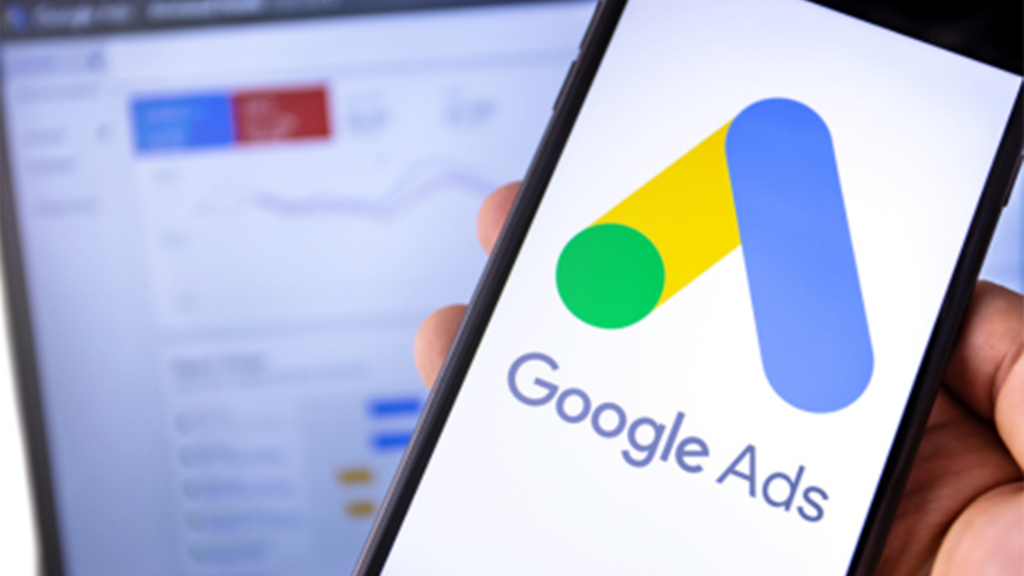Introduction to Google Ad Grants
Google Ad Grants is an initiative by Google to empower nonprofits by providing $10,000 per month in ad credits. Nonprofits can use these grants to reach new supporters, increase website traffic, and achieve mission-driven goals. However, getting started requires a well-structured approach to ensure compliance and success in the long term.
What Is Google Ad Grants?
Google Ad Grants is a part of Google’s AdWords program but specifically designed for nonprofits. By enabling search ads on Google’s platform, nonprofits can connect with people searching for relevant causes or services. These ads appear in search results, helping organizations grow visibility, attract volunteers, and drive donations.
Why Google Ad Grants Matter for Nonprofits
Google Ad Grants offer a unique opportunity for nonprofits to expand their digital footprint without a significant financial investment. This resource is ideal for boosting brand awareness, increasing donations, and driving engagement among audiences aligned with the nonprofit’s cause.
Benefits of Google Ad Grants for Nonprofits
With proper setup, Google Ad Grants can significantly enhance your reach, enabling your nonprofit to achieve specific goals like raising awareness, expanding membership, or increasing donations. Additionally, the grant provides a steady online presence, which can help build trust and authority.

Eligibility Criteria and Requirements
Step-by-Step Eligibility Check
Before applying, ensure your organization meets all eligibility criteria. Visit Google’s official page for Ad Grants and follow their steps to confirm qualification.
Key Requirements for Approval
To get approved, nonprofits need:
- A verified TechSoup account (for U.S.-based nonprofits) or equivalent.
- Active website aligned with the nonprofit’s mission, including quality content and HTTPS security.
- Adherence to Google’s policies, such as maintaining a minimum 5% click-through rate (CTR).
Who Is Eligible for Google Ad Grants?
To qualify for Google Ad Grants, nonprofits must meet certain requirements, including being a registered 501(c)(3) organization (or its equivalent outside the U.S.) and verified by TechSoup. Eligibility excludes government entities, hospitals, and academic institutions, although charitable arms of these may qualify.
Setting Up Your Google Ad Grants Account
How to Sign Up for Google Ad Grants
Start by registering for the Google for Nonprofits program. Once accepted, you can apply for Google Ad Grants. This involves filling out a brief application form and undergoing a verification process with TechSoup.
Verifying Your Nonprofit Status with Google
Google partners with TechSoup to verify nonprofit status. After verifying, you’ll receive a token from TechSoup, which you’ll use to complete your Ad Grants application.
Creating Your First Google Ads Campaign
Choosing the Right Keywords for Your Campaign
Choosing effective keywords is critical to reaching the right audience. Focus on mission-aligned keywords and avoid broad terms to ensure higher engagement. Google’s Keyword Planner can help identify relevant and effective keywords.
Crafting Effective Ad Copy for Nonprofits
Ad copy should be clear, engaging, and mission-driven. Since ad grants have a $2.00 CPC (cost-per-click) bid cap, prioritizing high-value, mission-focused keywords is essential for ad effectiveness. Include compelling CTAs like “Learn More” or “Get Involved.”

Configuring Your Google Ads Account
Setting Up Campaign Structure
Divide campaigns into ad groups based on specific themes or objectives. For instance, create one ad group for donations and another for volunteer recruitment. This helps organize content and makes it easier to analyze performance by segment.
Budget and Bidding Strategies for Google Ad Grants
Google Ad Grants come with a maximum CPC limit of $2.00. Using Maximize Clicks as a bidding strategy can help stretch the ad budget and drive more clicks, ensuring you get the best value from your campaign.
Tracking Performance: Understanding Metrics and Reports
Introduction to Google Ads Performance Metrics
Important metrics include click-through rate (CTR), conversion rate, and bounce rate. Maintaining a CTR of at least 5% is essential for Google Ad Grants compliance.
Setting Up Google Analytics with Google Ad Grants
Integrate Google Analytics with your Ad Grants account to track website engagement. This data can reveal how visitors interact with your site and identify areas for improvement.
You can visit our blog on some tools to manage your ad grants account, to have a better understanding of the tools to help you get the most out of your grants.

Common Issues During Setup and How to Solve Them
Troubleshooting Account Setup Problems
Common issues include account suspension for non-compliance or poor-quality ads. Ensure compliance by regularly checking Google’s policies, including CTR and ad relevance, to avoid any interruptions.
Google Ad Grant Policies and Compliance
To remain compliant, maintain a minimum CTR of 5%, avoid single-word keywords, and ensure ad quality. Regularly audit your account to check for policy adherence, which helps avoid warnings or suspension.
Final Checklist: Is Your Google Ad Grant Ready to Go Live?
Reviewing Your Campaigns Before Launch
Before launching, review the campaign structure, keywords, and ad copy to ensure alignment with your goals. Set up tracking tools, such as Google Analytics and Tag Manager, for real-time insights.
Ensuring Compliance with Google Ad Grant Policies
Verify that your campaign meets all Google Ad Grants requirements, including having a 5% CTR, mission-relevant keywords, and ads with clear CTAs.
Conclusion and Next Steps
What to Expect After Your Campaign Goes Live
Once live, campaigns will start generating traffic. Monitor performance and use reports to adjust your strategy. This is an iterative process; constant analysis ensures continuous improvement.
Preparing for Long-Term Success with Google Ad Grants
Sustained success with Google Ad Grants requires continuous optimization, consistent monitoring, and staying updated on policy changes. Regularly updating keywords and ad copy will ensure your campaigns remain effective and aligned with organizational goals.
Getting started with Google Ad Grants can be a game-changer for nonprofits. This guide ensures a smooth setup process and provides strategies for long-term success, helping organizations achieve their mission and impact.





